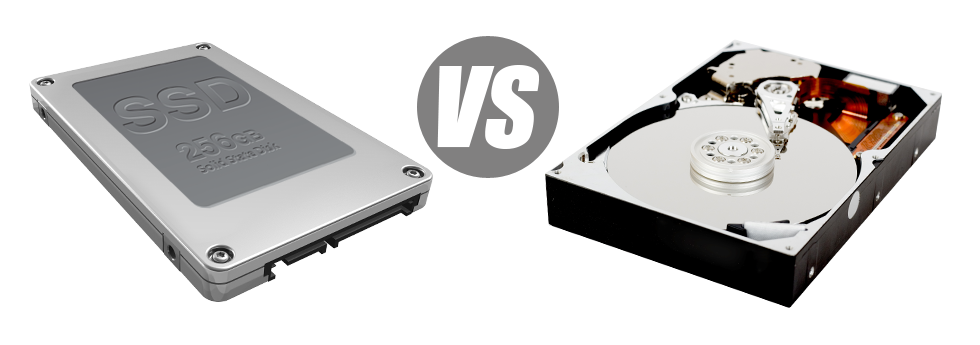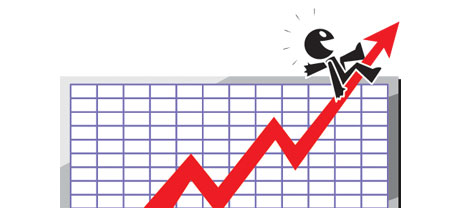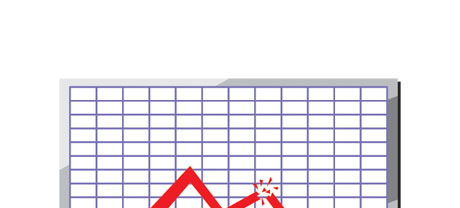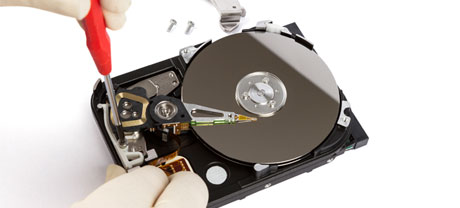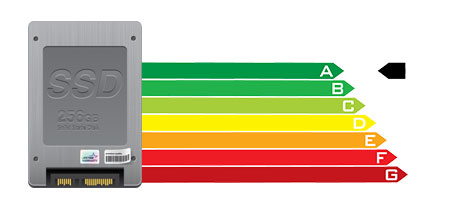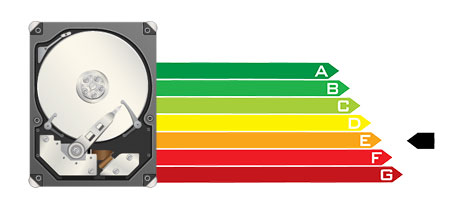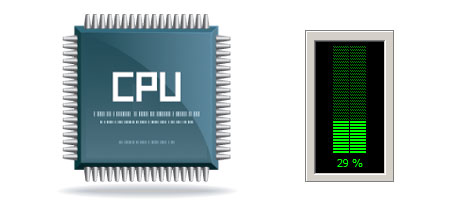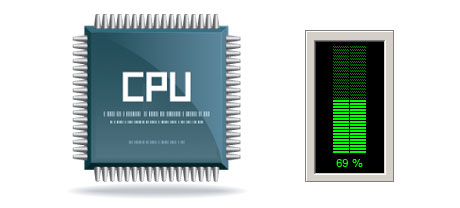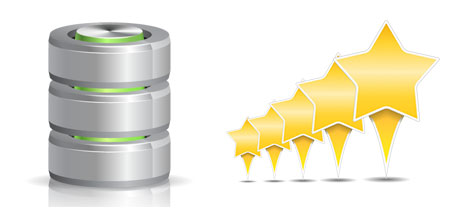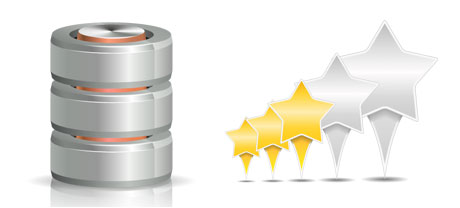Today, all brand new computing devices contain SSD drives instead of HDD drives. You’ll notice superlatives on them all over the specialised press – that they are faster and operate better and they are actually the future of home pc and laptop computer generation.
However, how can SSDs fare in the web hosting world? Can they be well–performing enough to substitute the proved HDDs? At WebsiteHosting.mom, we will assist you to much better understand the distinctions in between an SSD as well as an HDD and choose the one that most closely fits you needs.
1. Access Time
Due to a radical new method to disk drive operation, SSD drives make it possible for noticeably faster file accessibility speeds. Having an SSD, data file access instances are far lower (as little as 0.1 millisecond).
HDD drives make use of spinning disks for data storage purposes. When a file is being accessed, you will have to wait for the right disk to reach the correct place for the laser beam to access the data file involved. This results in an average access rate of 5 to 8 milliseconds.
2. Random I/O Performance
The random I/O performance is important for the operation of any data storage device. We’ve run detailed tests and have determined that an SSD can deal with at the least 6000 IO’s per second.
Having an HDD drive, the I/O performance gradually raises the more you apply the drive. However, as soon as it actually reaches a specific limit, it can’t proceed faster. And because of the now–old technology, that I/O limitation is significantly less than what you could receive having an SSD.
HDD can only go as much as 400 IO’s per second.
3. Reliability
The absence of moving components and spinning disks in SSD drives, and also the recent improvements in electric interface technology have ended in a considerably safer data file storage device, having a common failure rate of 0.5%.
HDD drives work with spinning disks for saving and reading data – a technology since the 1950s. Along with hard disks magnetically hanging in the air, rotating at 7200 rpm, the prospect of some thing failing are considerably bigger.
The average rate of failing of HDD drives varies between 2% and 5%.
4. Energy Conservation
SSD drives work practically silently; they don’t generate surplus warmth; they don’t mandate supplemental cooling methods and then take in a lot less electricity.
Trials have indicated the common electrical power utilization of an SSD drive is somewhere between 2 and 5 watts.
HDD drives are renowned for becoming noisy. They demand far more electrical power for chilling purposes. With a hosting server that has a large number of HDDs running consistently, you’ll need a large amount of fans to ensure they are cooler – this makes them far less energy–effective than SSD drives.
HDDs use up in between 6 and 15 watts.
5. CPU Power
As a result of SSD drives’ greater I/O functionality, the main web server CPU can process data queries faster and save time for other functions.
The standard I/O delay for SSD drives is only 1%.
HDD drives enable slower accessibility speeds as compared to SSDs do, which will result for the CPU being required to hang around, while arranging assets for your HDD to find and return the required file.
The standard I/O wait for HDD drives is around 7%.
6.Input/Output Request Times
In real life, SSDs perform as perfectly as they performed throughout our trials. We competed a complete platform back up on one of our own production web servers. All through the backup procedure, the standard service time for any I/O calls was indeed below 20 ms.
Sticking with the same server, but this time loaded with HDDs, the outcome were totally different. The common service time for any I/O call changed somewhere between 400 and 500 ms.
7. Backup Rates
Discussing back–ups and SSDs – we’ve detected a significant improvement in the back up rate as we switched to SSDs. Right now, a regular hosting server data backup takes simply 6 hours.
In contrast, on a web server with HDD drives, a similar back–up usually takes three or four times as long in order to complete. An entire backup of an HDD–driven hosting server normally takes 20 to 24 hours.
Should you want to straight away improve the efficiency of your respective sites and not having to alter just about any code, an SSD–powered web hosting service will be a very good option. Have a look at the Linux shared hosting packages and also the VPS servers – these hosting services offer fast SSD drives and can be found at competitive prices.
Hepsia
- Live Demo
Service guarantees
- Each one of our Virtual Private Servers is installed for you free of charge. 99.9% network uptime. Full root access.
Compare our prices
- Check out our pricing and pick the best Virtual Private Server for your active web sites. You’re able to upgrade to a more powerful VPS Web Hosting configuration with just a mouse click.
- Compare our hosting plans
Contact Us
- We’re available for you day and night to resolve any kind of inquiries with regards to our VPS Web Hosting services. 1–hour reply–back time frame guarantee.
